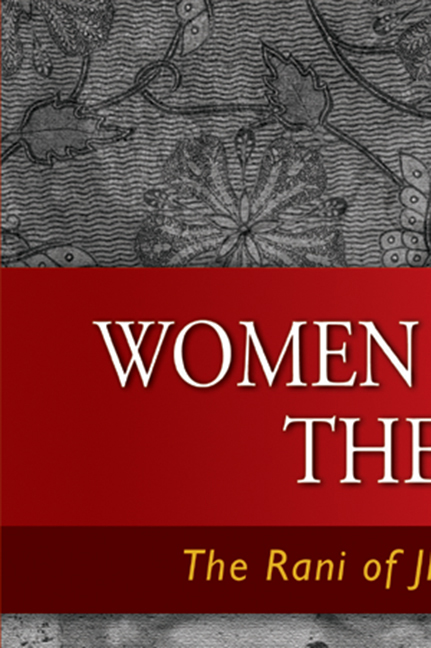Book contents
- Frontmatter
- Dedication
- Epigraph
- Contents
- Message from ISEAS Director
- Foreword
- Preface
- Acknowledgements
- 1 The Historical Rani
- 2 Bengali Nationalism
- 3 Bengali Women Revolutionaries
- 4 Subhas Chandra Bose
- 5 The Indian National Army
- 6 Volunteers from the Malayan Rubber Estates
- 7 The Rani of Jhansi Regiment
- 8 Deployed to Burma
- 9 After the War
- 10 Conclusion
- Epilogue
- Bibliography
- Index
- About the Author
6 - Volunteers from the Malayan Rubber Estates
Published online by Cambridge University Press: 21 October 2015
- Frontmatter
- Dedication
- Epigraph
- Contents
- Message from ISEAS Director
- Foreword
- Preface
- Acknowledgements
- 1 The Historical Rani
- 2 Bengali Nationalism
- 3 Bengali Women Revolutionaries
- 4 Subhas Chandra Bose
- 5 The Indian National Army
- 6 Volunteers from the Malayan Rubber Estates
- 7 The Rani of Jhansi Regiment
- 8 Deployed to Burma
- 9 After the War
- 10 Conclusion
- Epilogue
- Bibliography
- Index
- About the Author
Summary
The officers of the Rani of Jhansi Regiment (RJR) came from English-educated, middle and upper classes of Indian in Malaya and Burma. Many of these were born into professional families, lawyers, doctors, and officials who staffed the colonial bureaucracy. These RJR officers were not only English-educated, but a few of them have written accounts of their experience in the RJR, and several have been interviewed and/or given talks for the media or at conferences. They have also been in the public eye in various service and political capacities. These are therefore recruits about whom we know the most, since we have written accounts and public evidence. These women, the officer corps of the Regiment, were in reality a small but significant proportion of the entire regiment. Lakshmi Swaminadhan was a medical doctor in Singapore prior to her enlistment. Rasammah Navarednam and her sister and Janaki Davar and her sister were well educated recruits from Malaya who were of the officer class. Their story appears in the next chapter. It was not unusual for a husband to volunteer for the INA and his wife to join the RJR, though this was by no means a uniform pattern in the Regiment.
We have no definitive count of the total RJR roster, but we do know that by far the largest proportion of these teenage volunteers, by some estimates eighty per cent, were South Indian Tamils from the Malayan rubber estates. They had a maximum education of six years but generally less in Tamil schools on the estates, and their fathers and often mothers as well worked as tappers or field workers in other capacities. After the war they married and in some cases raised large families, between nine and eleven children of those we were able to interview. These teenage girls from the Malayan rubber plantations were, then, the backbone of the Rani of Jhansi Regiment, and we recognize them here prior to a general discussion of the Regiment.
Consider the environment and culture of the rubber plantations from which these young women came. Their ancestors had immigrated from South India beginning in the 1860s and were mostly Tamil-speaking. A smaller proportion were from Kerala who spoke Malayalam or Telegu-speaking workers from Andhra Pradesh.
- Type
- Chapter
- Information
- Women Against the RajThe Rani of Jhansi Regiment, pp. 60 - 70Publisher: ISEAS–Yusof Ishak InstitutePrint publication year: 2008

